7 Ways to Support Wildlife Conservation
- August 22, 2024
- 0 comment
Wildlife conservation is the practice of protecting animal species and their habitats to ensure their survival. As human activities continue to encroach upon natural ecosystems, the importance of wildlife conservation has never been more critical.
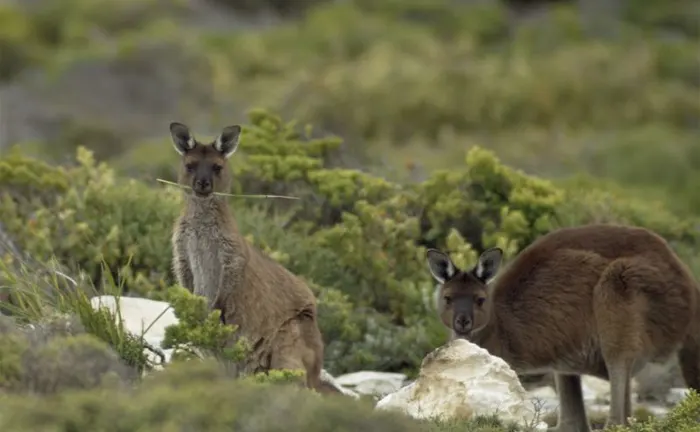
This movement is not only about preserving the planet’s biodiversity but also about maintaining the balance of ecosystems that support life on Earth. Despite numerous efforts, many species are still at risk of extinction due to habitat destruction, poaching, climate change, and pollution. Understanding and supporting wildlife conservation efforts is essential for the survival of countless species and the health of our environment.
List of 7 Ways to Support Wildlife Conservation:
- Support Wildlife Conservation Organizations
- Promote and Practice Sustainable Living
- Participate in Habitat Restoration Projects
- Support Ethical and Eco-Friendly Tourism
- Educate Yourself and Others About Wildlife Conservation
- Adopt Wildlife-Friendly Practices at Home
- Advocate for Wildlife Protection Laws and Policies
Overview of Wildlife Conservation
To support wildlife conservation, practice mindful driving, especially at night, to avoid harming animals active during those hours, and use your headlights to spot their eyeshine. Reduce trash by choosing reusable products and prevent litter from polluting waterways. Opt for humane rodent control methods like snap or live traps instead of rodenticides.
Respect wildlife by observing animals from a safe distance and avoiding taking them from their natural habitats. Advocate for land preservation efforts that protect crucial breeding and nesting areas, choose products made with sustainable palm oil to safeguard species like orangutans, and select sustainable seafood to help protect marine life.
1. Support Wildlife Conservation Organizations
One of the most direct ways to contribute to wildlife conservation is by supporting organizations dedicated to the cause. These organizations work tirelessly to protect endangered species, restore habitats, and promote sustainable practices.
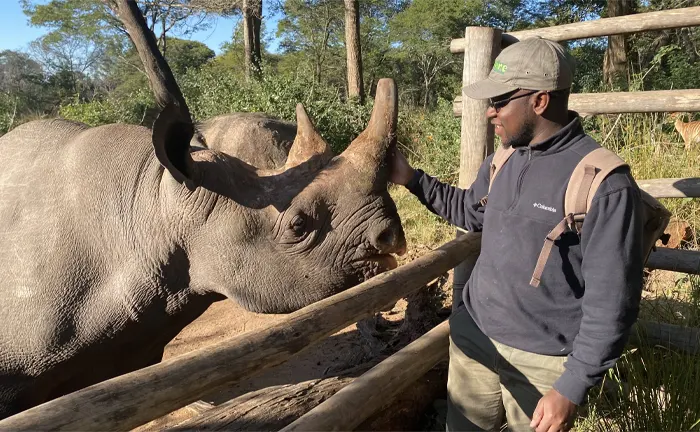
Why Support Organizations?
Organizations like the World Wildlife Fund (WWF), The Nature Conservancy, and Conservation International have the expertise and resources to tackle large-scale conservation projects. They conduct essential research, advocate for policy changes, and implement conservation programs on the ground.
How You Can Help:
- Donations: Financial contributions are crucial for these organizations to continue their work. Even small donations can make a significant impact.
- Volunteering: Many organizations offer volunteer opportunities. Whether it’s in the field or helping with administrative tasks, your time can be invaluable.
- Advocacy: Use your voice to raise awareness. Share information about these organizations on social media, or participate in their campaigns.
Supporting these organizations amplifies their efforts, enabling them to make a more significant impact on wildlife conservation globally.
2. Promote and Practice Sustainable Living
Sustainable living is about reducing your environmental footprint, which directly benefits wildlife. By making conscious choices in your daily life, you can help reduce the destruction of habitats and decrease pollution, which are two of the biggest threats to wildlife.
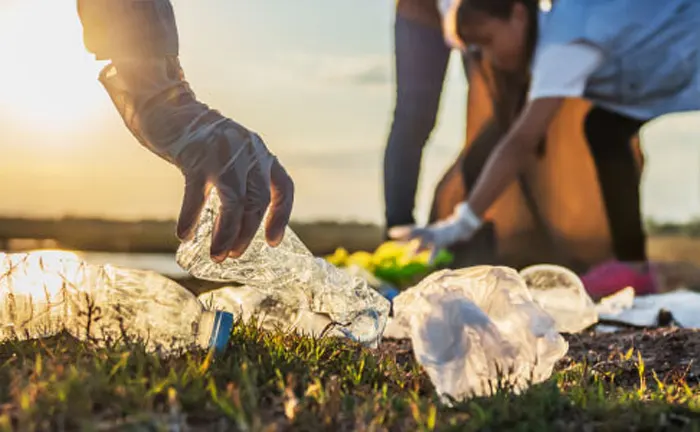
What Is Sustainable Living?
Sustainable living involves making choices that are eco-friendly and promote the conservation of natural resources. This includes reducing waste, conserving energy, and choosing products that are sustainably sourced.
Steps to Sustainable Living:
- Reduce, Reuse, Recycle: Minimizing waste reduces the amount of pollution entering natural habitats. Recycling helps reduce the need for raw materials, preserving forests and other ecosystems.
- Energy Conservation: Simple actions like turning off lights when not in use, using energy-efficient appliances, and insulating your home can reduce your carbon footprint.
- Sustainable Products: Choose products made from sustainable materials, and avoid items that contribute to deforestation, such as palm oil-based products. Opt for certified sustainable goods, like FSC-certified wood or organic cotton.
By adopting sustainable living practices, you help reduce the demand for resources that often leads to habitat destruction, thereby protecting wildlife.
3. Participate in Habitat Restoration Projects
Habitat loss is a leading cause of species extinction. By participating in habitat restoration projects, you can directly contribute to the recovery of ecosystems that support wildlife.
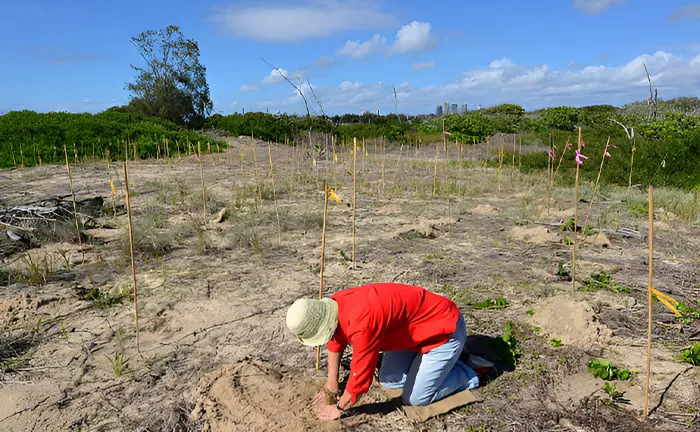
What Are Habitat Restoration Projects?
Habitat restoration involves repairing ecosystems that have been degraded or destroyed, returning them to a natural state that can support wildlife.
Ways to Get Involved:
- Tree Planting: Trees are vital for maintaining healthy ecosystems. Join local tree planting events or support reforestation projects.
- Wetland Restoration: Wetlands are crucial for biodiversity. Participate in projects aimed at restoring these environments, which provide habitat for numerous species.
- Beach Cleanups: Marine life suffers greatly from pollution. Beach cleanups help reduce the amount of debris that can harm oceanic wildlife.
Participating in these projects can have a direct and immediate impact on wildlife, helping to restore the balance in ecosystems that have been disrupted.
4. Support Ethical and Eco-Friendly Tourism
Tourism can have a significant impact on wildlife, both positive and negative. By supporting ethical and eco-friendly tourism, you can ensure that your travel contributes to conservation efforts rather than harming wildlife.
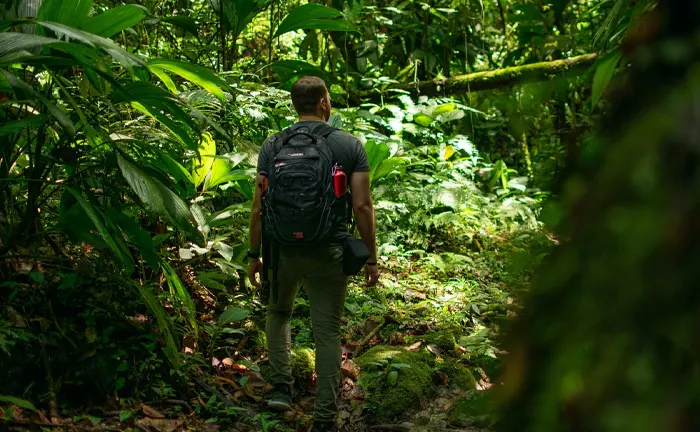
What Is Ethical Tourism?
Ethical tourism involves choosing travel experiences that prioritize the welfare of wildlife and the environment. This includes avoiding activities that exploit animals and supporting local conservation efforts.
How to Practice Ethical Tourism:
- Choose Eco-Friendly Accommodations: Stay at hotels and lodges that follow sustainable practices, such as energy conservation, waste management, and support for local conservation projects.
- Avoid Animal Exploitation: Steer clear of attractions that involve captive animals in unnatural settings or performances. Instead, opt for wildlife sanctuaries or reserves where animals are protected in their natural habitats.
- Support Local Conservation Efforts: Many eco-tourism operators partner with local conservation projects. Your participation can provide funds and awareness for these initiatives.
By making responsible choices while traveling, you can enjoy the beauty of nature while ensuring that your presence contributes positively to wildlife conservation.
5. Educate Yourself and Others About Wildlife Conservation
Education is a powerful tool in the fight against wildlife extinction. By educating yourself and others, you can spread awareness and inspire action.
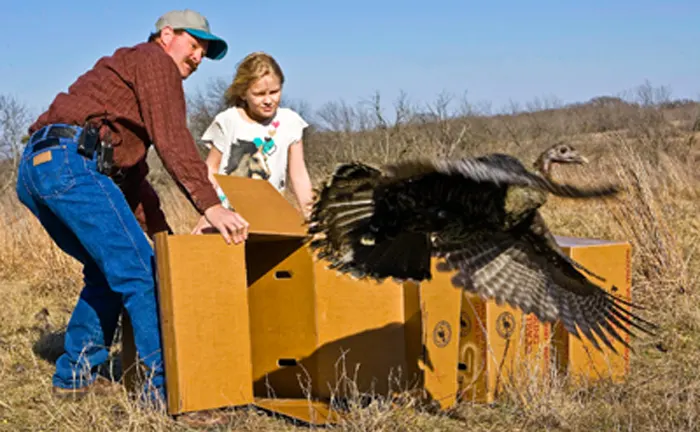
Why Education Matters:
Understanding the challenges that wildlife face and the importance of conservation can motivate people to take action. When more people are informed, there’s a greater chance of implementing effective conservation strategies.
Ways to Educate:
- Read and Research: Stay informed about current conservation issues through books, documentaries, and reputable websites.
- Attend Workshops and Seminars: Many organizations offer educational programs that can deepen your understanding of conservation efforts.
- Share Knowledge: Use social media, blogs, or community groups to share what you’ve learned about wildlife conservation. Encourage others to get involved.
Education fosters a culture of conservation, creating a community of individuals committed to protecting wildlife.
6. Adopt Wildlife-Friendly Practices at Home
Your home and garden can be a haven for local wildlife. By adopting wildlife-friendly practices, you can create a safe environment that supports biodiversity.
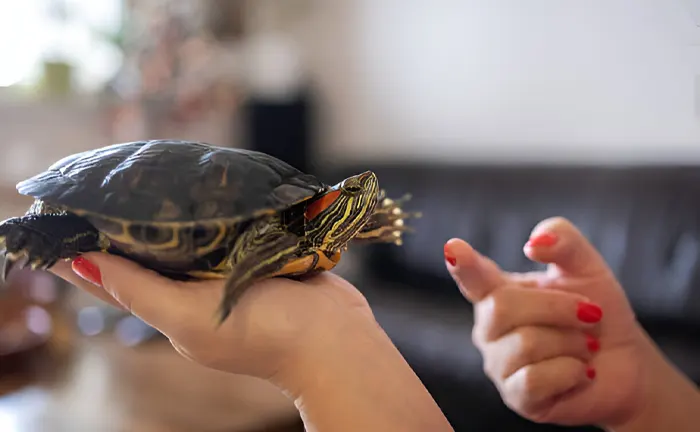
What Are Wildlife-Friendly Practices?
These practices involve creating habitats, providing food sources, and ensuring that your outdoor space is safe for wildlife.
How to Implement Wildlife-Friendly Practices:
- Create a Wildlife Garden: Plant native species that provide food and shelter for local wildlife. Include a water source like a birdbath or small pond.
- Avoid Pesticides: Pesticides can be harmful to wildlife. Opt for natural pest control methods instead.
- Provide Shelter: Install birdhouses, bat boxes, or insect hotels to offer shelter for wildlife.
Creating a wildlife-friendly environment at home not only helps local species but also enhances your connection to the natural world.
7. Advocate for Wildlife Protection Laws and Policies
Legislation plays a crucial role in protecting wildlife. By advocating for strong wildlife protection laws and policies, you can influence the decisions that affect conservation efforts.

Why Advocacy Is Important:
Policies and laws determine the level of protection afforded to wildlife and their habitats. Strong regulations can prevent habitat destruction, poaching, and other threats to wildlife.
Ways to Advocate:
- Support Conservation Legislation: Stay informed about proposed laws and policies that impact wildlife. Write to your representatives, expressing your support for conservation measures.
- Join Advocacy Groups: Become a member of groups that lobby for wildlife protection. These organizations often have the resources to influence policy at higher levels.
- Participate in Campaigns: Join or start campaigns that promote the protection of endangered species and their habitats.
By advocating for wildlife protection, you can help create a legal framework that supports conservation efforts on a larger scale.
Final Conclusion
Supporting wildlife conservation requires a multifaceted approach, encompassing individual actions, community involvement, and advocacy. By supporting organizations, adopting sustainable living practices, participating in restoration projects, engaging in ethical tourism, educating yourself and others, creating wildlife-friendly spaces at home, and advocating for strong conservation policies, you can make a significant impact.
Each of these seven ways to support wildlife conservation is a step toward ensuring that future generations will continue to experience the incredible diversity of life on Earth. Your efforts, no matter how small, contribute to the larger goal of preserving our planet’s natural heritage. By integrating these practices into your daily life, you become part of a global movement to protect wildlife and the ecosystems they depend on.
Frequently Asked Questions (FAQs)
- Why is wildlife conservation important?
Wildlife conservation is crucial because it helps maintain ecological balance, supports biodiversity, and ensures the survival of species that are essential for healthy ecosystems. It also preserves natural resources and habitats that humans and other species rely on for survival. - How does habitat loss affect wildlife?
Habitat loss, often due to deforestation, urbanization, and agriculture, leads to the destruction of the natural environments that wildlife depend on. This can result in reduced populations, disrupted ecosystems, and even species extinction. - What are some simple ways individuals can support wildlife conservation?
Individuals can support wildlife conservation by adopting sustainable living practices, such as reducing waste, conserving energy, using eco-friendly products, participating in habitat restoration projects, and supporting wildlife conservation organizations. - How can donating to wildlife conservation organizations make a difference?
Donations provide vital funding for conservation projects, research, and advocacy efforts. These funds help organizations protect endangered species, restore habitats, and promote sustainable practices on a larger scale. - What is the role of education in wildlife conservation?
Education raises awareness about the importance of conservation and the threats facing wildlife. It empowers people to take informed actions, advocate for policy changes, and inspire others to get involved in conservation efforts. - What is ethical tourism, and how does it benefit wildlife?
Ethical tourism involves traveling in a way that minimizes harm to wildlife and supports conservation efforts. By choosing eco-friendly accommodations, avoiding animal exploitation, and participating in conservation-focused tours, tourists can contribute positively to wildlife protection. - How can habitat restoration projects help endangered species?
Habitat restoration projects repair damaged ecosystems, allowing them to support wildlife once again. These efforts can lead to the recovery of endangered species by providing them with the necessary resources to thrive, such as food, shelter, and breeding grounds. - Why is it important to create wildlife-friendly spaces at home?
Creating wildlife-friendly spaces at home, such as gardens with native plants or ponds, provides essential habitats for local species. These environments can support biodiversity, attract pollinators, and offer refuge for wildlife in urban areas. - What impact does climate change have on wildlife?
Climate change affects wildlife by altering habitats, disrupting food sources, and causing extreme weather events. Species that cannot adapt quickly enough to these changes may face population declines or even extinction. - How can advocacy for wildlife protection laws make a difference?
Advocating for wildlife protection laws helps ensure that strong legal frameworks are in place to safeguard species and their habitats. Effective legislation can prevent illegal hunting, poaching, habitat destruction, and other activities that threaten wildlife.
We hope this guide has sparked your interest in supporting wildlife conservation. Have you tried any of these actions or have other tips? Share your thoughts below and help inspire others. Don’t forget to share this article with fellow conservation enthusiasts!
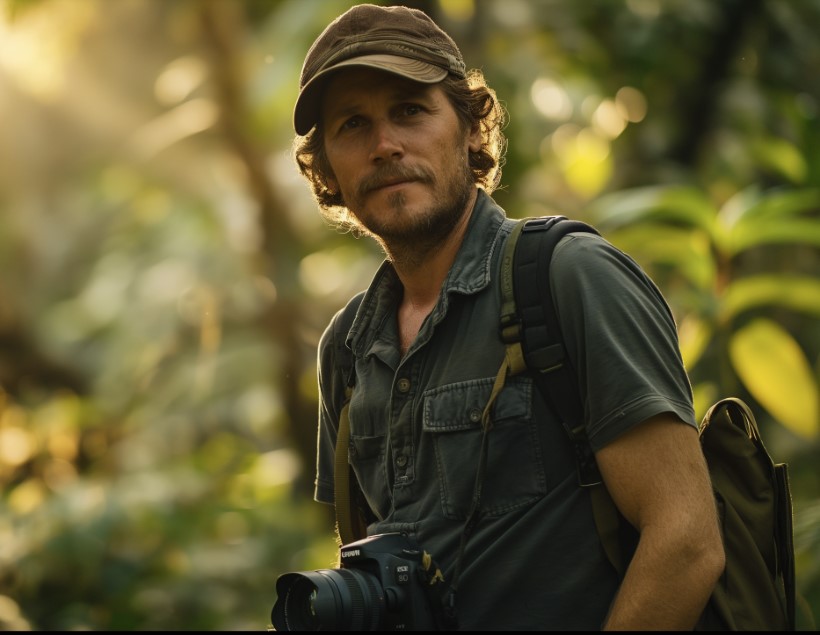
Evan Bennett
Forestry AuthorEvan Bennett brings over a decade of expertise in forestry wildlife management to the forefront, specializing in habitat conservation, biodiversity, and human-wildlife interaction. Evan's work ensures harmonious coexistence between wildlife and human communities through effective and sustainable practices. Continuously engaging in research and workshops, Evan stays at the cutting edge of wildlife management advancements. As a trusted advisor and contributor to leading environmental journals, Evan is dedicated to preserving the natural world for future generations.













Leave your comment